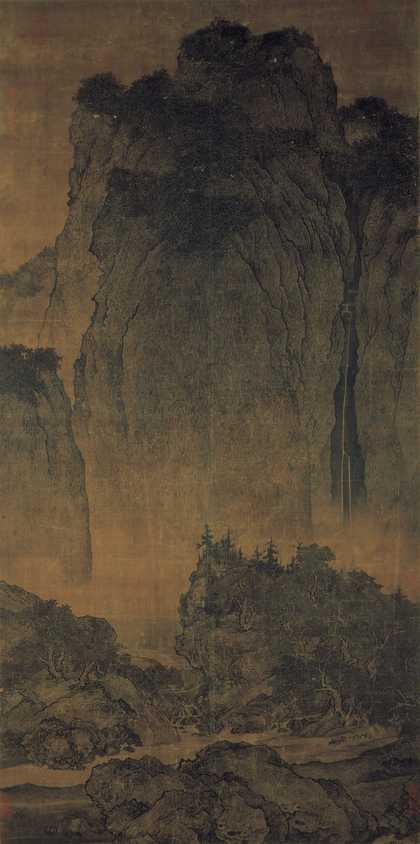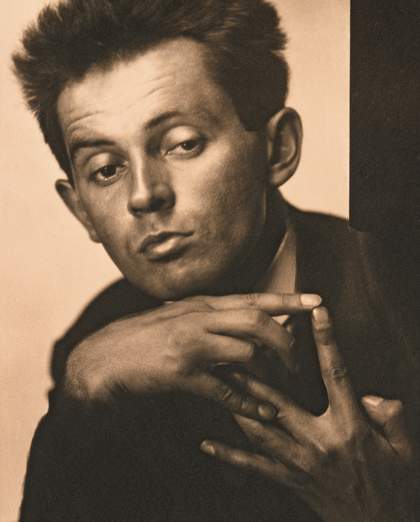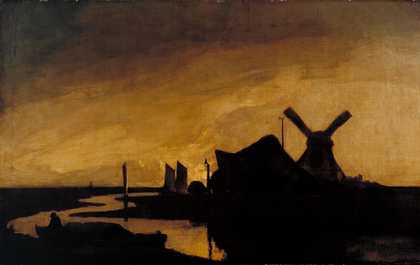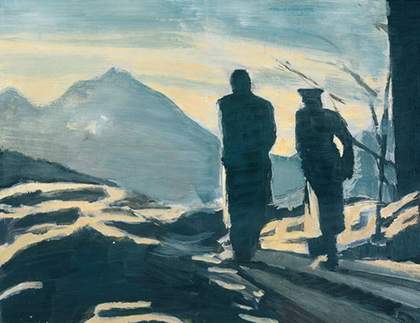
Fan Kuan, Travellers among Mountains and Streams c.1000, ink on silk hanging scroll, 206.3 x 103.3 cm
The Collection of National Palace Museum, Taipei
‘Through art we express our conception of what nature is not.’
– Pablo Picasso, 1923
Picasso was right. No matter how naturalistic a work of art, it is always more about art than nature. Works of art show our sense of being apart from the natural world, our stubborn sense of difference from other animals and the the universe in which we find ourselves.
Landscape paintings made in China around the 900s are among the first great poetic statements of this sense of apartness. Fan Kuan’s hanging- scroll painting Travellers among Mountains and Streams, the most famous of this school, shows the ‘unendurable contrast’, as the poet and translator Arthur Waley put it, between the human and natural worlds. Vast cliffs swamp the human world, tiny figures lost in the ink-drawn landscape.
It was an idea taken up in European art many centuries later – a sense that nature was beyond human control. I love James Ward’s great, glowering painting Gordale Scar 1812–14, in Tate’s collection, but it does nothing to rid you of your deep sense of fear when actually approaching the towering cliffs in the Yorkshire Dales, or to calm your racing heart when scrambling up the dangerous limestone cleft, an ascent both terrifying and impossible to resist. Only at the top, lying exhausted out on the quiet, windswept plateau, is it possible to think of Ward’s painting once again.
Art is constantly driven by the attempt to bridge the apartness of humans and the world. It always fails. In the 20th century, this pursuit became a matter of finding an equivalent not for the appearance, but for the invisible forces of nature. How might you show processes of growth, decay or gravity in art? These are just as much ‘nature’ as a tree in the field. ‘Art imitates nature in her manner of operation’, in the words of the art historian Ananda Coomaraswamy in his 1934 book The Transformation of Nature in Art. This tradition of thought was brilliantly summarised by Clement Greenberg in his essay from 1961 ‘On the Role of Nature in Modern Painting’. He describes how impressionist artists tried to resolve all conflict between art and nature by bringing painting to the verge of abstraction, but it was for the cubists to realise what this meant: ‘When Braque and Picasso stopped trying to imitate the normal appearance of a wineglass and tried instead to approximate, by analogy, the way nature opposed verticals in general to horizontals in general – at this point art caught up with a new conception and feeling of reality that was already emerging in general sensibility as well as in science’. Perhaps this was when Picasso first conceived his ‘not nature’ definition of art.
Ward’s Gordale Scar now seems prophetic of how this feeling of reality has become, in our own times, so dark and dangerous. John Ruskin was among the first to realise that man had ‘desacrilised’ nature, as he put it, viewing it as a source of raw materials to be exploited, emptying it of its mystery. It is no longer simply a feeling of apartness, but also a sense that we own and control nature. But art shows us that we do not. We have laboratories where we recreate the birth of stars. Art is a record of our changing encounter with nature, and reveals the truth that our sense of separation is mere illusion — we are a tiny part of a greater whole. Art ‘cannot stand in competition with nature’, Hegel once wrote, ‘and if it tries it looks like a worm trying to crawl after an elephant’.
John-Paul Stonard is a writer and art historian. He is currently writing a book telling the story of art, from Palaeolithic to the present day, for Bloomsbury.



